Ever been to an international grocery market and didn’t recognize half of the fruits that were stocked? Or how about a tropical vacation where you had the opportunity to feast on new and exotic fruits? Wanna widen your knowledge of fruits? Tired of the common grocery store fare (e.g., apples, oranges, bananas, and grapes)? This article can help.
The tropics are known for many things, and unique fruit is one of them. This article will cover many obscure and widely unknown tropical fruits and fruit tree species as a basic introduction to their characteristics, taste, etc.
Tropical Fruits and Their Trees Species
Longan (Dimocarpus longan)
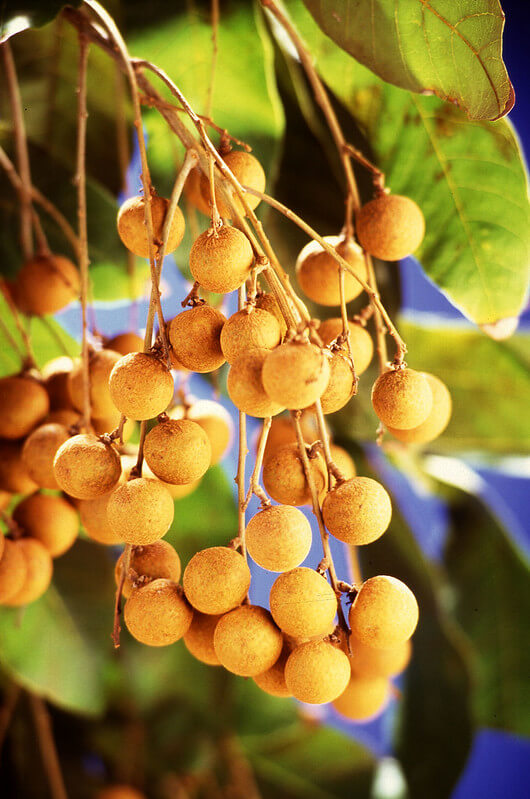
An absolute gem, this tree grows fruit in bundles like grapes, and about the same size as grapes too — perhaps a little bigger. The fruit comes with a tough, brown shell that easily bursts with a light squeeze. Inside is a strange, opaque white, and circular fruit with a circular, marble-sized seed pit.
It is juicy and has a subtle sweet taste that (to me) is delicious. Longan trees are native to Asia but have been planted throughout the world in warm regions. Longans are related to lychee trees by family.
Lychees (Litchi chinensis)
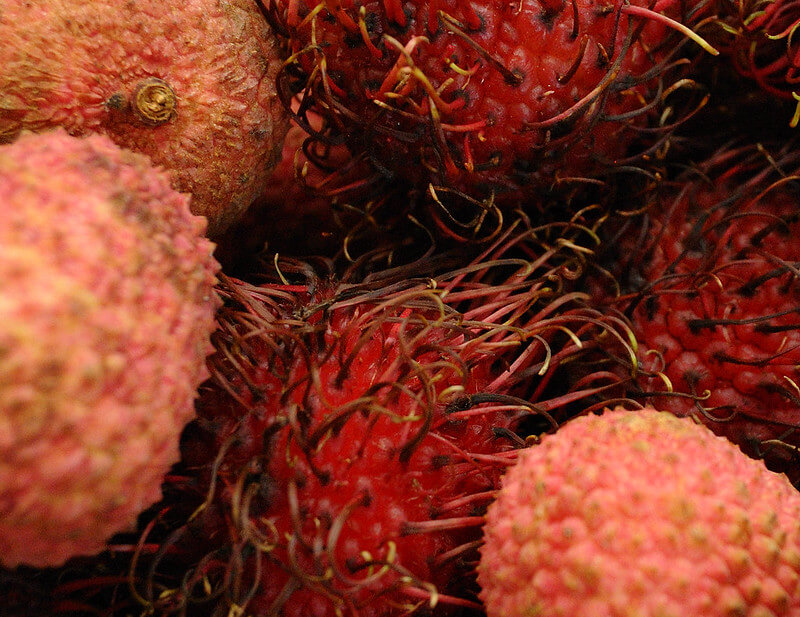
Ever heard of it? I have only had canned lychees, which you can find at international markets, but not the pleasure of trying fresh ones. These fruits are similar to longans in anatomy (a circular, small, hard shell surrounding fruit, pit in the middle, white flesh on the inside), but the general appearance is quite different. Lychees are pink/red with curved spines all over the outside. They look like some sort of sea creature.
Tamarind (Tamarindus indica)

Believed to be native to Africa, this tree has a long history in South Asia, and more specifically, India. It grows all over the world in warmer regions. Tamarind trees grow a pod-like fruit containing a pulpy flesh within the fragile brown exterior. The fruit itself is sour, sometimes being described as sweet and tangy. It is often used as a souring agent in food or made into date-tamarind curry pastes. My first exposure to tamarind was in Senegal, West Africa, and I was delighted with the taste. However, I was in for a surprise when I bit down full force on the very hard-on-the-teeth seed contained within the fruit.
So be wary of the seeds if you’re indulging in tamarind. If you cook with tamarind, you will learn for yourself and know to be cautious. You can often find tamarind sold in bags in international markets.
Sapodilla (Manilkara zapota)
A palm sized, football-shaped fruit with the skin being brown and the inside flesh being orangey-brown (like a sweet potato) to light tan, this fruit is delicious. More commonly known as sapodilla (pronounced sapo – dee – ya), it is great for those with a sweet tooth — as it tastes almost like pure brown sugar. When it’s ripe, it will easily burst open in your hand, juicy and ready to eat. The seeds are obvious inside and will be of no tooth-cracking harm.

This tree is originally native to Southern Mexico and neighboring countries, but it has spread further north and south from there to areas that have an environment warm enough to be hospitable.
Canistel (Pouteria campechiana)
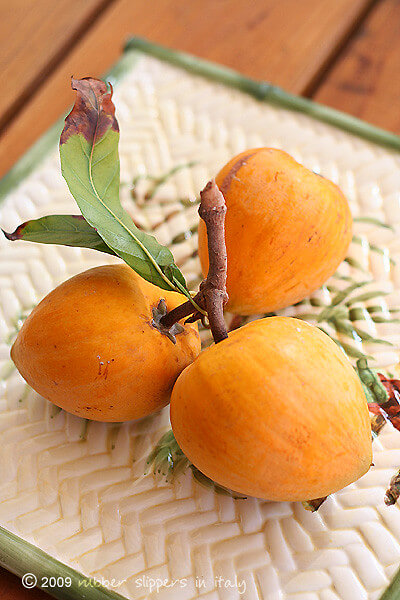
Native to Mexico and Central America, the most interesting thing about this fruit is perhaps its texture. I don’t think there’s anything quite like it. The flavor is nice, unique, and sweet, while the texture is … dry. Have you ever seen a dog trying to eat peanut butter? That’s sort of the way you have to eat canistel. You suck on it to soften and eat it, but if you can be okay with that effort, the mild, sweet flavor is nice.

The fruit is bright yellow and teardrop-shaped, with sizes ranging from a small orange to a grapefruit.
Loquat (Eriobotrya japonica)

Originally native to China and Japan, this tree now grows throughout the United States in warmer climates. It is an evergreen tree that bears clusters of bright yellow-orange fruits that are oval to pear-shaped and just over an inch long. This fruit tastes like a cross between an apricot, pineapple, and apple, and the skins are also edible. Though small, this fruit is packed full of nutrients, plant compounds, and may have heart healthy benefits, anti-cancer properties, increase metabolic health, and act as a natural anti-inflammatory.
This tree is becoming popular because of its delicious taste and health benefits, plus it’s visually pleasing.
Star Fruit (Averrhoa carambola)
This unique and fun species is native to Southern Asia, and has been transported and widely cultivated throughout the world in warmer climates. Like most fruit trees, there are many different varieties of star fruit, (called carambola). The varieties can be surprisingly diverse in taste, size, and color.
Buttram
These sweet, tangy, citrusy fruits can make a showy garnish on drink glasses, be baked into sweet treats, or simply enjoyed as they are (my favorite).
The shape stays pretty consistent though, in that it is — if the name didn’t give it away — star shaped.
Monstera (Monstera deliciosa)
If you’ve visited the tropics, you’ve probably seen these beautiful plants with their unique, gigantic leaves in a natural environment. They’re evergreen, and characteristically shaped like the above image, although, when completely healthy, they will be solid green. Most people don’t know that these lovely plants also bear fruit. The fruit they bear grows from the base of the plant, straight upward. It has odd, square-shaped scales that will pop up and fall off when fully ripened and ready to eat. It ripens from the top down, a little bit at a time which means you can only eat a little bit at a time. It has a sweet, tangy, pineapple-y taste.
*You have to be extremely careful when you are consuming monstera fruit. When it is not ripe, it has properties that are toxic and can cause your throat to swell up. Ripened fruit is safe to consume, but consume in small quantities at first to be sure you are not allergic.
Noni (Morinda citrifolia)
An interesting fruit native to the Pacific, noni has been spread throughout the world. Vegans may be the primary consumers of this fruit as it has a unique, blue cheese flavor (many people do not like it for this reason, saying it tastes like dirty socks). Noni is native form Southeast Asia to Australia, but grows rapidly in any hot, humid climate. Once in the rainforests of Costa Rica, I found several noni trees growing on their own along the coast line and was amused to notice this was the only ripe fruit the monkeys weren’t devouring. When it’s ripe it will fall off the small tree and into your hand.
The fruit itself looks about as odd as it tastes: whitish-green and slightly see-through with indents that are yellowy all over the lumpy, oval-shaped fruit. This fruit is widely used for its amazing health benefits, and because of them, has become popular, regardless of its taste.
Coconut (Cocos nucifera)
Coconut? Yes. I’m sure everyone has heard of coconut, knows what it tastes like, where it comes from, etc. Well, I’m here to tell a slightly different side of coconut that many don’t know. At different cycles of its growth, coconut is good for different uses. You see, new coconuts (coconut babies, some may say) that are fresh on the tree are the best ones to harvest for coconut water.
New coconuts are generally packed full of water and not so full of the white flesh. The longer a coconut has to mature, the denser the white fruit will become (both in the amount present and consistency). If you allow a coconut to fully mature, it will not contain much water and have a lot of delicious, hard, coconut flesh to consume (you can eat the thin brown layer surrounding the fruit as well — though it’s not as tasty). There’s one more, much less common way to consume coconut (and maybe the most delicious).
When a coconut has fallen and is allowed to sprout on the ground, growing an entirely new plant, there is a precious stage in which you can obtain angel cake consistency fruit. When the sprout has just started growing, or reached a foot or so in height, you can uproot it, open the coconut husk, and inside will be a white, sponge cake-y substance that tastes like very sweet, light fluffy, coconut! It’s as if you bought a coconut pastry at a bakery! It’s delicious.
Black Sapote (Diospyros nigra)

This fruit is interesting in that it isn’t edible or desirable until it seems to be rotten. You see, when black sapote is ripe, it is so squishy that the slightest touch can puncture its skin. Plus, it may ooze and begin to blacken in color, turning from green to black before it’s ready to be consumed. This may sound unappealing, but what makes this fruit desirable is that it tastes like chocolate pudding when it’s ready — mildly sweet, chocolate pudding. It’s great for making delicious and nutritious desserts, from brownies to ice cream.
Generally, the fruit will not ripen all the way on the tree without falling off and smashing. It’s best to pick it and allow it to ripen on its own off the tree in a safe place. This tree is native to Mexican coasts and Central America and is mainly cultivated in these areas.
Granadilla (Passiflora ligularis)
Many of the fruit trees on this list are favorites, but granadilla has a special place in my heart for being both fun and delicious. It has the appearance of an orange with a slightly more teardrop-shape. However, instead of a leathery skin, granadilla has smooth skin and a Styrofoam consistency that can easily be punctured with your fingers. On the inside, granadilla has what appears to be an “alien egg sack” of deliciousness.
In all seriousness, the edible inside of the fruit is a small sack full of seeds, with the film around the seeds being the fruit. They are edible, and you don’t really need to chew them, as the entire center sack is easily slurped and swallowed.
Granadilla is related to dragon fruit, and the way the desirable part of the fruit surrounds the seeds is similar to pomegranate.
Breadfruit (Artocarpus altilis)
As the name suggests, breadfruit is known for its bread-like consistency and appearance on the inside. It can also be interpreted to have a meaty consistency. Once when I was cooking it, I nearly fooled my brother into believing I was frying up some interesting meat. He was pretty surprised considering my diet usually doesn’t include meat. Anyway, when roasted with oil and garlic, breadfruit can be a delicious delicacy. This fruit can be cooked as a sweet treat or a savory appetizer. If you’ve ever read 20,000 Leagues Under the Sea about the submarine called the Nautilus and Captain Nemo, then you may already be familiar with breadfruit (they speak highly of it). How is it raw? Well, raw might kill you!
*Breadfruit is toxic if it isn’t cooked, and without cooking it first, can only be ingested when it’s half rotten — but it isn’t advisable.
Jackfruit (Artocarpus heterophyllus)
Sharing the same genus as breadfruit, these two species are cousins. However (when ripe) this fruit is perfectly safe to ingest without cooking first. Many people do like to cook jackfruit. Vegans and vegetarians use it as a meat substitute (you don’t have to be vegan or vegetarian to enjoy the fruit this way). Why, you may ask? Because the texture of jackfruit is similar to meat, and the taste can easily be spiced into delicious recipes, like sloppy joes and barbecue. Even without cooking, jackfruit is delicious. Many compare the flavor and smell to that of pineapple and mango. To me, it’s “bubble gummy” in smell and taste. The actual fruit grows around the seeds, and between every pocket of fruit is a whitish, light-colored flesh that is not particularly tasty, and not the part you want to eat. You can eat it, to be clear, but it isn’t the best-tasting part. Sort of like the white parts of oranges. Jackfruit is native to Southern Asia, but has been widely spread and cultivated throughout the world in warm, tropical regions. The way jackfruit grows on trees is odd-looking. Jackfruit grows right out of the trunk, and can reach upward of 30 pounds! When jackfruit is ripe, the outside becomes squishy and a pungent, delicious scent is emitted. If there is no scent, the jackfruit is not ready. After harvesting, it’s advised to let the stem hang and drip, as latex will be seeping from the fresh cut.
* Those that have latex allergies should be cautious when trying this fruit. Jackfruit, especially unripened jackfruit, contains a hefty amount of natural latex and can cause those with latex sensitivities to have reactions. Ripened jackfruit contains little latex, but unripened jackfruit is inedible. The inside will be literally dripping with white latex. Know the severity your allergies and practice healthy caution.
Custard Apple (Annona squamosa)

An apple? Didn’t we say in the beginning of this article that we were steering away from common fruits? Yes, yes we did, but this isn’t your everyday apple. In fact, it’s not like an apple at all. This fruit has a green skin that when fully ripened, can easily bruise black. The skin has the appearance of scales on the outside (there are no scales though). The inside has soft, juicy, white flesh that is slippery and contains black seeds.

Actually, the way the fruit flesh breaks apart and looks calls to mind baked fish — although the color and smell is far from it. This fruit is extremely sweet and juicy with a consistency like custard. It is originally native to the Indies, but has since migrated throughout the world.











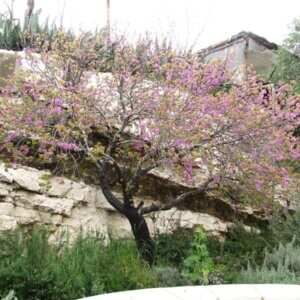

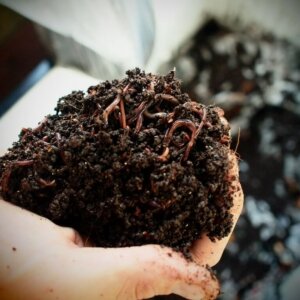











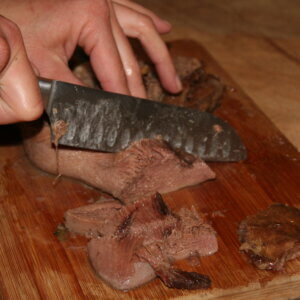







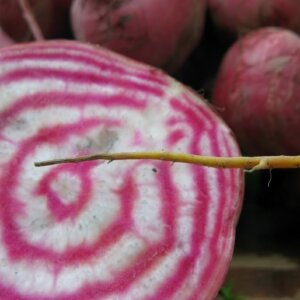






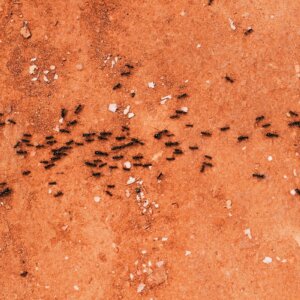
In addition to jackfruit, what other fruit should those with latex allergies be wary of?